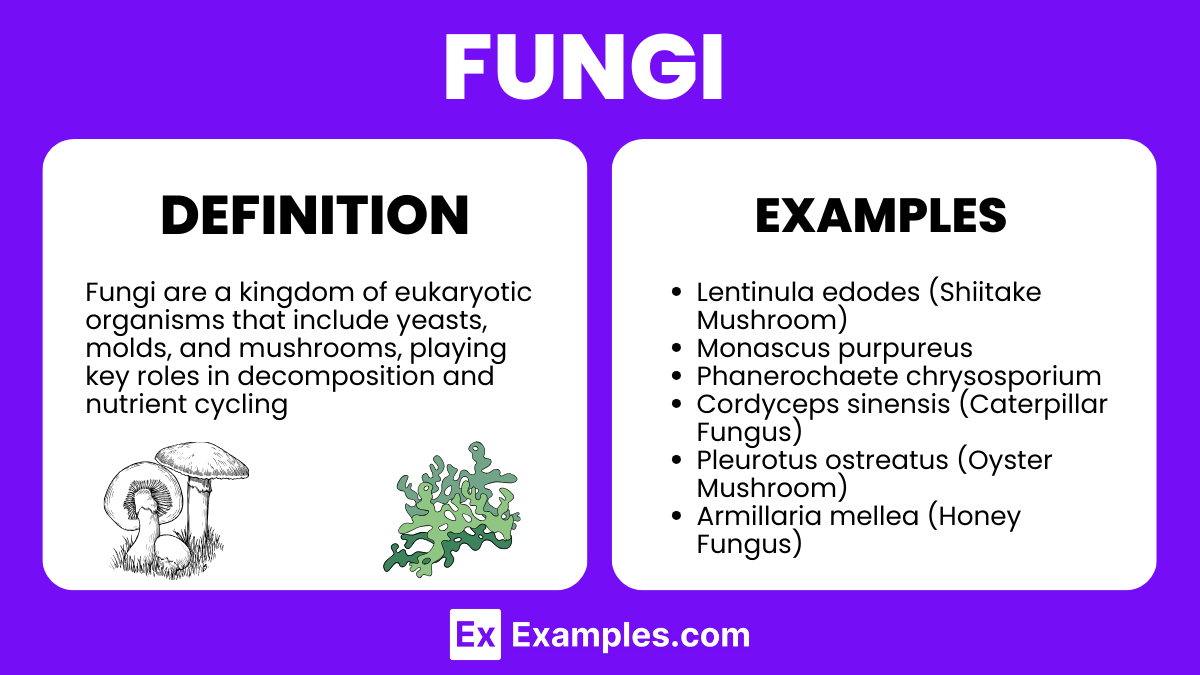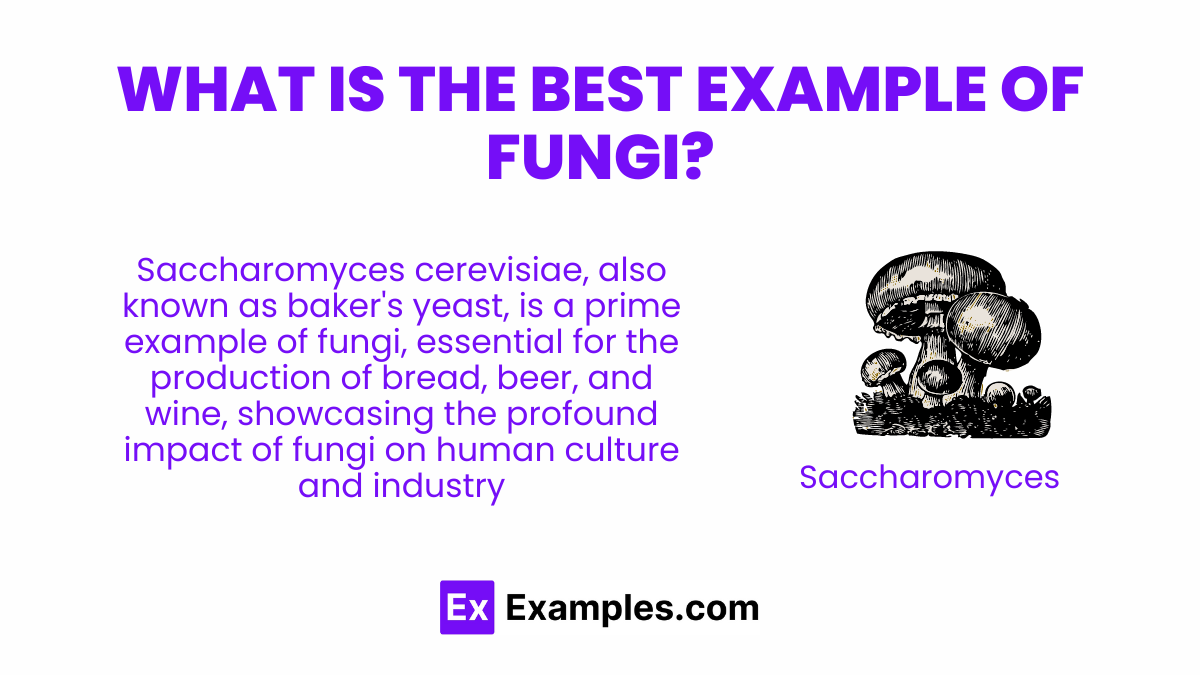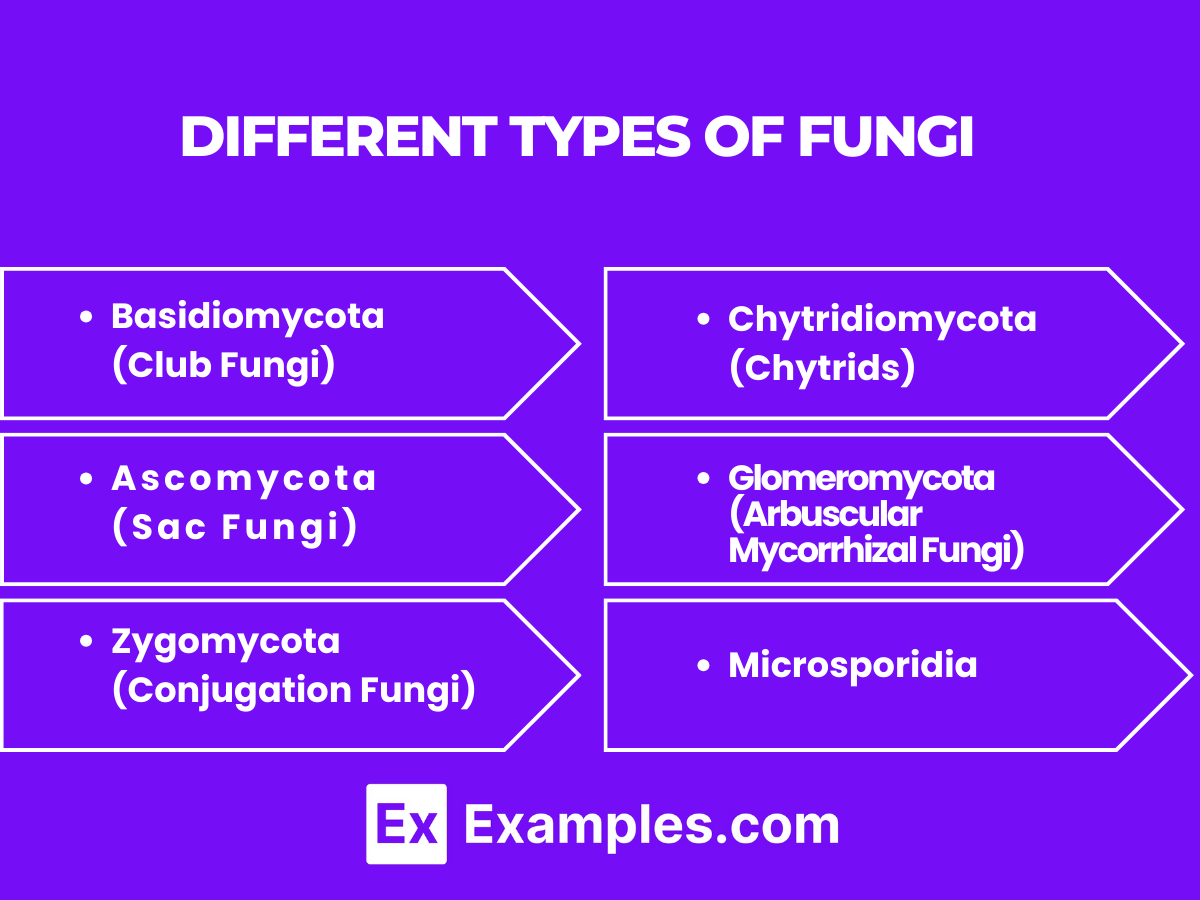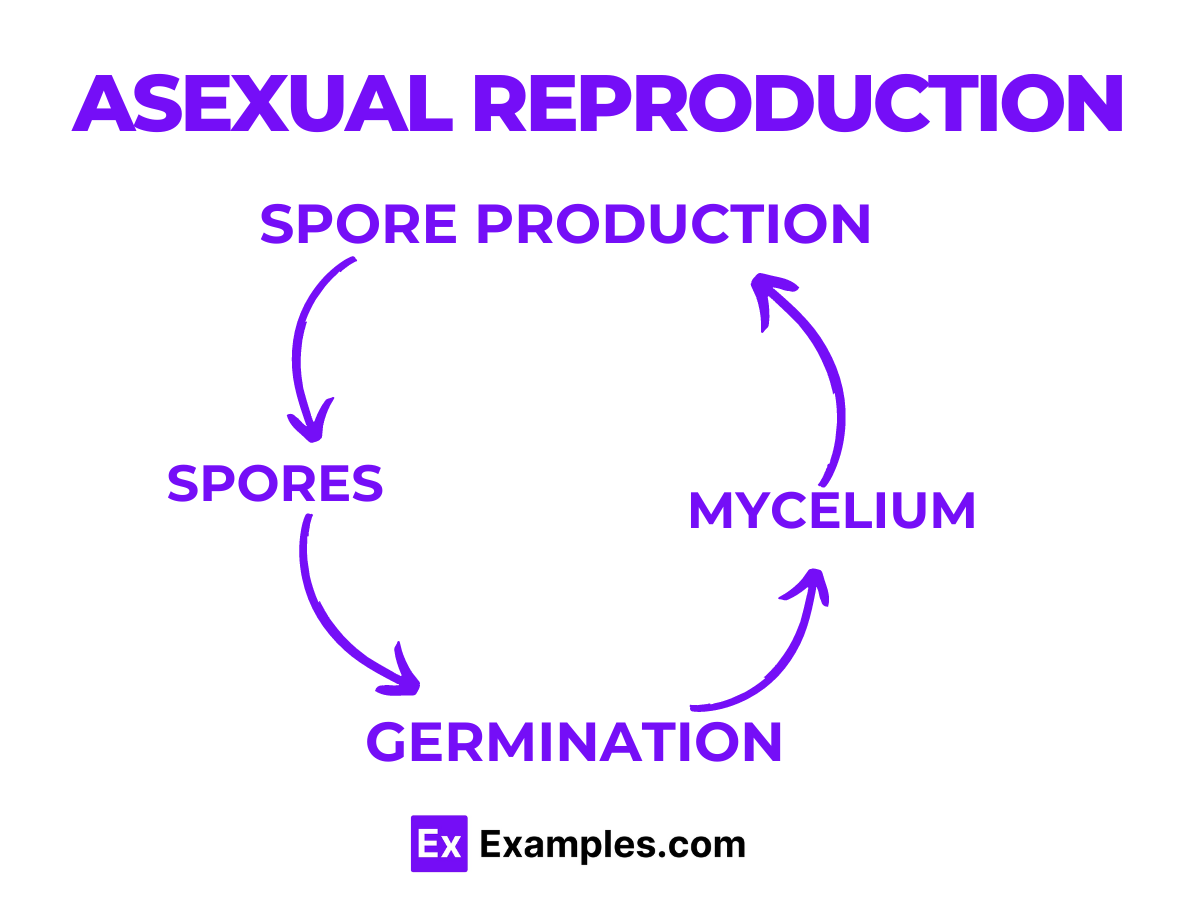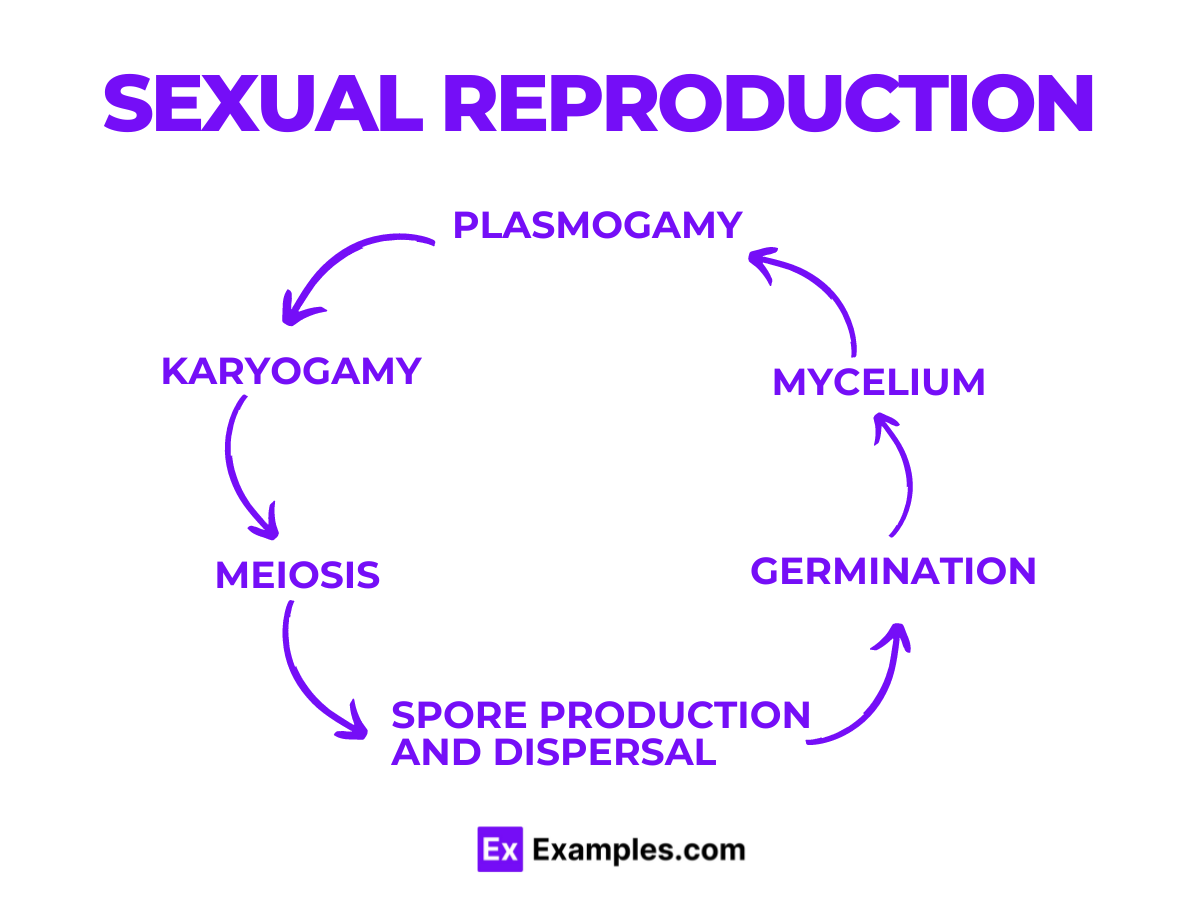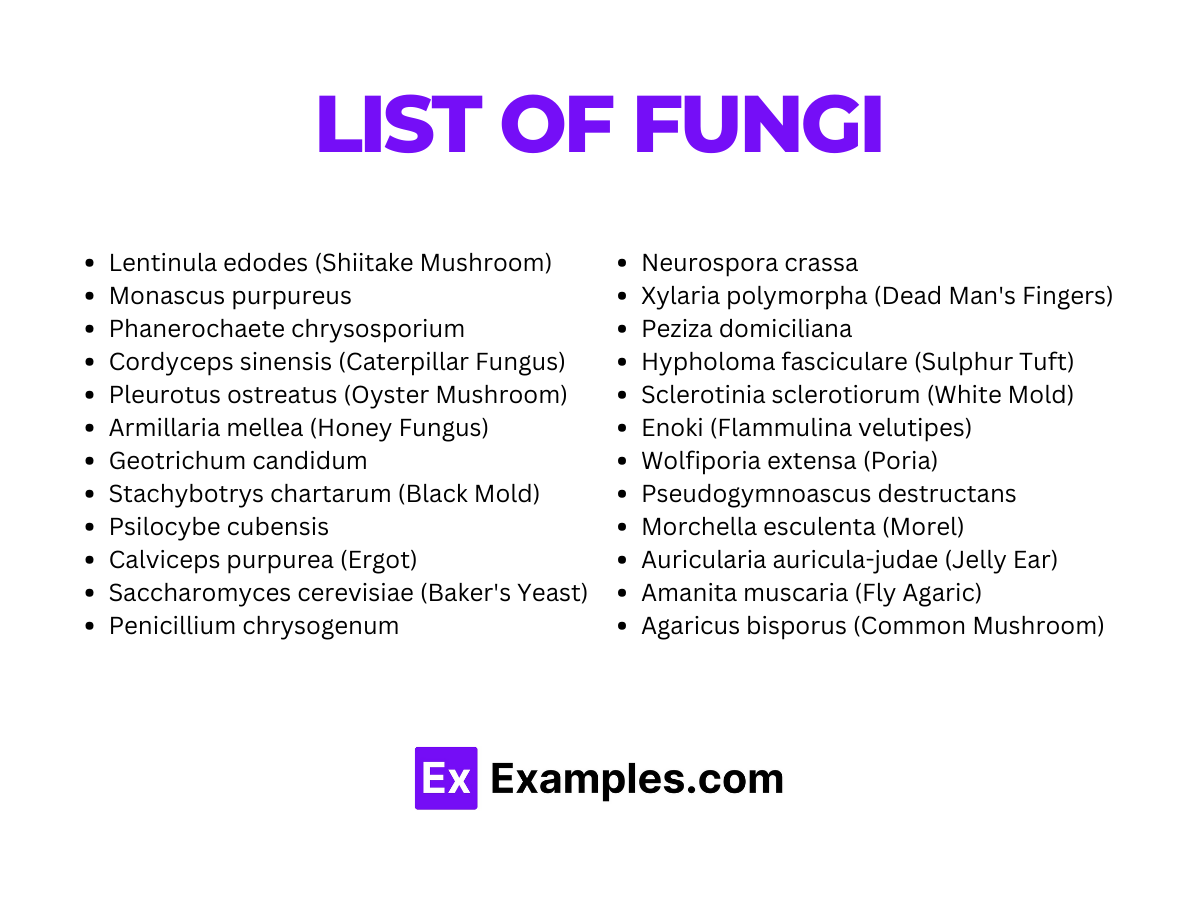FUNGI
Dive into the fascinating world of fungi with our comprehensive guide, designed specifically for educators and learners alike. This section offers an in-depth look at these remarkable organisms, providing vivid examples to enrich your teaching and learning experience. Whether you’re a teacher seeking resources to inspire your peers and students, or a student eager to enhance your English vocabulary and communication skills, our guide is crafted to meet your needs. Explore the diversity, ecology, and importance of fungi in an accessible, engaging manner. Join us on this educational journey to uncover the hidden wonders of the fungal kingdom, making complex concepts simple and captivating for all.
What Is Fungi?
Fungi are a diverse group of organisms that play crucial roles in our world. Unlike plants, fungi do not perform photosynthesis. Instead, they obtain nutrients by breaking down organic material, making them essential decomposers in ecosystems. This category includes mushrooms, molds, yeasts, and more, each with unique characteristics and functions. Fungi can reproduce through spores, allowing them to spread efficiently. They form symbiotic relationships with plants, aiding in nutrient absorption, and are vital for making foods like bread, beer, and cheese. Understanding fungi enriches our knowledge of nature’s interconnectedness and highlights their importance in both ecosystems and human life. Teachers, this insight into fungi offers a wonderful opportunity to engage students with the natural world, enhancing their English vocabulary and communication skills through the exploration of these fascinating organisms.
What is the Best Example of Fungi ?
The question of what constitutes the “best” example of fungi can depend on the context in which you’re asking—whether it’s in terms of ecological importance, scientific interest, or familiarity to the general public. Fungi encompass a vast kingdom of organisms that play crucial roles in ecosystems, including decomposers, pathogens, and symbiotic partners. Here are a few examples that could be considered among the “best” in different contexts:
- Yeast (Saccharomyces cerevisiae): From a biotechnological and scientific standpoint, yeast is incredibly important. It is a model organism in research due to its ease of cultivation and manipulation in the lab. Yeast is also crucial in the production of bread, beer, and wine, making it arguably one of the most economically and culturally significant fungi.
- Penicillium: This genus includes species such as Penicillium chrysogenum, which was instrumental in the development of the antibiotic penicillin by Alexander Fleming. The discovery of penicillin marked the beginning of modern antibiotics and has saved countless lives since its introduction.
- Mycorrhizal fungi: These are fungi that form symbiotic associations with plants, including many crops. They enhance water and nutrient uptake, playing a vital role in agriculture and natural ecosystems. Mycorrhizal fungi are key players in soil health and plant growth, making them ecologically significant.
- Amanita muscaria (Fly agaric): This is one of the most iconic and widely recognized fungi, known for its bright red cap with white spots. While it is toxic and psychoactive, it has a rich history in various cultures’ folklore and shamanic traditions.
- Aspergillus: This genus includes species used in traditional Asian fermentations to produce foods like soy sauce and sake. Some species, however, can be pathogenic to humans and crops, highlighting the diverse impacts fungi can have on human life.
- Trichoderma reesei: A workhorse in industrial biotechnology, used for the production of enzymes that break down plant cellulose. These enzymes are crucial for the production of biofuels and in the textile and paper industries.
What are the Different Types of Fungi?
Fungi are a diverse kingdom of organisms that play crucial roles in ecosystems, from decomposing organic matter to forming symbiotic relationships with plants. They can be found in almost every habitat on Earth, thriving in soil, water, air, and living or dead organisms. Fungi are classified into several major groups based on their life cycles, methods of reproduction, and morphological characteristics. Below is a detailed explanation of the different types of fungi:
1. Basidiomycota (Club Fungi)
Basidiomycota, commonly known as club fungi, include mushrooms, puffballs, rusts, smuts, and shelf fungi. These fungi are characterized by their reproductive structure called a basidium, which is club-shaped and produces spores externally. Mushrooms, the most recognizable forms of basidiomycetes, have a complex life cycle that includes both sexual and asexual reproduction stages. Basidiomycota play essential roles in decomposing wood and other plant materials, and some form mycorrhizal associations with plants.
2. Ascomycota (Sac Fungi)
Ascomycota, or sac fungi, are named for their unique reproductive structure called an ascus, a sac-like compartment where spores are produced. This group includes a wide variety of organisms, such as yeasts, molds, morels, and truffles. Ascomycetes are found in a range of environments and can be decomposers, pathogens, or part of symbiotic relationships (e.g., lichens and mycorrhizae). They are critical in industrial applications, including fermentation (beer, wine, bread) and the production of antibiotics.
3. Zygomycota (Conjugation Fungi)
Zygomycota, also known as conjugation fungi, are mostly known for their role in decomposing organic matter. They include bread molds like Rhizopus stolonifer, which is commonly found on bread and fruits. Zygomycetes reproduce sexually through the formation of a zygosporangium, where haploid cells from two individuals merge. They also reproduce asexually by producing sporangiospores. While this group is less diverse than Basidiomycota and Ascomycota, it plays a significant role in ecosystems and has industrial applications, such as the production of fermented foods.
4. Chytridiomycota (Chytrids)
Chytrids are primarily aquatic fungi and are unique among fungi for having flagellated spores, called zoospores, that allow them to swim in water. They are considered the most primitive group of fungi and can be found in soil, freshwater, and marine environments. Chytrids can be decomposers, parasites, or mutualists. Some chytrids are pathogens, such as Batrachochytrium dendrobatidis, which has been linked to global declines in amphibian populations.
5. Glomeromycota (Arbuscular Mycorrhizal Fungi)
Glomeromycota are known for forming arbuscular mycorrhizal (AM) relationships with the roots of most terrestrial plants. This symbiotic association is critical for plant nutrition, particularly phosphorus uptake. In return, the fungi receive carbohydrates from the plant. Unlike other fungi, glomeromycetes do not form mushrooms and reproduce asexually through large, multinucleate spores. This group is essential for soil fertility and plant health.
6. Microsporidia
Microsporidia are intracellular parasites that infect a variety of hosts, including humans, animals, and insects. They are characterized by their tiny, spore-forming cells and a unique method of spore injection into host cells. Microsporidia were once considered protists but are now classified within the fungal kingdom based on molecular data. They are of medical and economic importance due to their impact on human health and the aquaculture industry.
Fungi Structure
Characteristics of Fungi
Fungi are a diverse and unique group of organisms that play vital roles in ecosystems and human industries. Here’s a detailed look at their key characteristics:
- Eukaryotic Nature: Fungi are eukaryotes, meaning their cells contain a nucleus enclosed within membranes, distinguishing them from bacteria and archaea.
- Cell Walls Contain Chitin: Unlike plants, which have cell walls made of cellulose, fungal cell walls are primarily composed of chitin. This tough, durable substance is also found in the exoskeletons of insects.
- Lack of Chlorophyll: Fungi do not have chlorophyll, the green pigment essential for photosynthesis in plants. This absence defines their need for alternative nutrition methods.
- Heterotrophic Nutrition: Fungi are heterotrophs, relying on absorbing nutrients from their environment. They secrete enzymes that break down complex organic compounds into simpler forms, which they can absorb.
- Diverse Reproduction Modes: Fungi can reproduce both sexually and asexually. Asexual reproduction is common through spores, budding, or fragmentation. Sexual reproduction involves the fusion of two compatible hyphae, leading to genetic diversity.
- Growth Form – Hyphae and Mycelium: The basic structural units of fungi are hyphae, which are long, thread-like structures. Masses of hyphae form a network called mycelium, which is the main growth phase of the fungus.
- Spore Formation for Reproduction and Dispersal: Spores are a key reproductive feature of fungi, allowing them to spread and colonize new environments. These spores can be adapted for dispersal by wind, water, or animals.
- Ecological Roles: Fungi play critical ecological roles as decomposers, breaking down dead organic material and recycling nutrients. They also form symbiotic relationships, such as mycorrhizae with plants, enhancing nutrient uptake, and lichens with algae, contributing to soil formation.
- Economic and Medical Importance: Beyond their ecological value, fungi have significant economic and medical applications. They are used in the production of antibiotics, alcohol, cheese, and bread. However, some fungi can be pathogenic to plants and animals, including humans, requiring careful management and study.
Fungi Life Cycle
The life cycle of fungi is diverse and varies significantly among different fungal groups. However, a general overview can provide insight into the common stages and reproductive strategies that fungi exhibit. Fungi can reproduce both asexually and sexually, and their life cycles often include both methods to maximize survival and adaptation. Here’s a simplified overview.
Asexual Reproduction
- Spore Production: Many fungi produce spores asexually in specialized structures (such as sporangia in some species). These spores are genetically identical to the parent fungus.
- Spore Dispersal: Once mature, the spores are released and dispersed by various means, including wind, water, or animal vectors.
- Germination: If a spore lands in a suitable environment, it germinates, growing into new hyphal threads.
- Mycelium Formation: The hyphae spread and intertwine to form a mycelium, the primary growth phase of the fungus, capable of absorbing nutrients from the environment.
Sexual Reproduction
- Plasmogamy: The first stage of sexual reproduction involves the fusion of cells from two different mating types. Unlike in higher organisms, this does not immediately result in the fusion of nuclei. The result is a hypha containing two different nuclei, known as a dikaryon.
- Karyogamy: Eventually, the nuclei within the dikaryotic cells fuse, forming a diploid cell. This stage is critical as it combines genetic material from two parents, leading to genetic diversity.
- Meiosis: The diploid nucleus undergoes meiosis, producing haploid spores that are genetically distinct from either parent.
- Spore Production and Dispersal: These spores are then packaged into fruiting bodies, which are the structures often recognized as mushrooms or other fungal reproductive structures. Once mature, the spores are released into the environment.
- Germination and Growth: Similar to asexual spores, these sexually produced spores can germinate if they land in conducive conditions, giving rise to new hyphae and eventually forming a mycelium.
The ability of fungi to reproduce both asexually and sexually is a key factor in their survival and adaptability. Asexual reproduction allows for rapid colonization and expansion when conditions are favorable. Sexual reproduction, on the other hand, generates genetic diversity, equipping fungi with the evolutionary flexibility to adapt to changing environments, resist diseases, and colonize new niches.
List of Fungi
- Lentinula edodes (Shiitake Mushroom): Cultivated worldwide, prized for its rich flavor and purported health benefits, including immune system support.
- Monascus purpureus: Utilized in the production of red yeast rice, a traditional Chinese food and medicine known for its cholesterol-lowering effects.
- Phanerochaete chrysosporium: A white-rot fungus with the ability to degrade lignin in wood, showing promise for bioremediation and biofuel production.
- Cordyceps sinensis (Caterpillar Fungus): Highly valued in traditional Chinese medicine for its supposed energy and vitality boosting properties.
- Pleurotus ostreatus (Oyster Mushroom): Widely cultivated for food, recognized for its ability to decompose wood and its potential in bioremediation.
- Armillaria mellea (Honey Fungus): Known for forming some of the largest living organisms on Earth, these fungi can colonize and kill a wide range of trees.
- Geotrichum candidum: Often used in cheese making to develop rind and flavor in soft cheeses, illustrating fungi’s role in the culinary arts.
- Stachybotrys chartarum (Black Mold): Infamous for its presence in damp buildings, where it can produce toxins and cause health issues, highlighting concerns about indoor air quality.
- Psilocybe cubensis: A psychoactive mushroom used traditionally for spiritual and ritual purposes, currently researched for potential therapeutic applications in mental health.
- Calviceps purpurea (Ergot): Produces compounds used in pharmaceuticals for treating migraines and inducing labor, demonstrating fungi’s medicinal contributions.
- Neurospora crassa: A model organism in genetic and biological research, instrumental in understanding molecular and cellular processes.
- Xylaria polymorpha (Dead Man’s Fingers): Its unique, eerie appearance contributes to its name, decomposing wood and contributing to nutrient cycling in forests.
- Peziza domiciliana: A cup fungus often found in indoor environments, growing on damp plaster or wood, highlighting the adaptability of fungi.
- Hypholoma fasciculare (Sulphur Tuft): Noted for its bright yellow-green color and toxicity, it’s a common wood-decomposing fungus in forests.
- Sclerotinia sclerotiorum (White Mold): Affects a wide range of plants, causing significant agricultural losses and illustrating fungi’s impact on crop production.
- Enoki (Flammulina velutipes): Appreciated in culinary arts for its delicate flavor and crunchy texture, commonly used in Asian cuisines.
- Wolfiporia extensa (Poria): Used in traditional Chinese medicine for its diuretic and sedative properties, found growing on pine roots.
- Pseudogymnoascus destructans (White-Nose Syndrome Fungus): Causes a deadly disease in hibernating bats, significantly impacting bat populations in North America.
- Morchella esculenta (Morel): Sought after by foragers for their distinctive taste and appearance, morels are a delicacy in many cuisines.
- Auricularia auricula-judae (Jelly Ear): Consumed in Chinese cuisine and traditional medicine, known for its gelatinous texture and potential health benefits.
- Saccharomyces cerevisiae (Baker’s Yeast): Essential in baking, brewing, and winemaking, facilitating fermentation and flavor development.
- Penicillium chrysogenum: Source of penicillin, the first antibiotic discovered, revolutionizing medicine by treating bacterial infections.
- Amanita muscaria (Fly Agaric): Iconic red mushroom with white spots, known for its psychoactive properties and role in folklore.
- Agaricus bisporus (Common Mushroom): Widely cultivated for food, known for its versatility in culinary uses.
- Aspergillus oryzae: Used in traditional Asian fermentations to produce soy sauce and sake, enhancing flavors and textures.
Fungi are fascinating, versatile organisms crucial to ecosystems and human life. From decomposing organic matter to forming symbiotic relationships, their roles are indispensable. Understanding fungi enriches our knowledge of nature and science. This guide has explored their characteristics and examples, providing a valuable resource for teachers and students alike to enhance learning and appreciation for these remarkable organisms.



